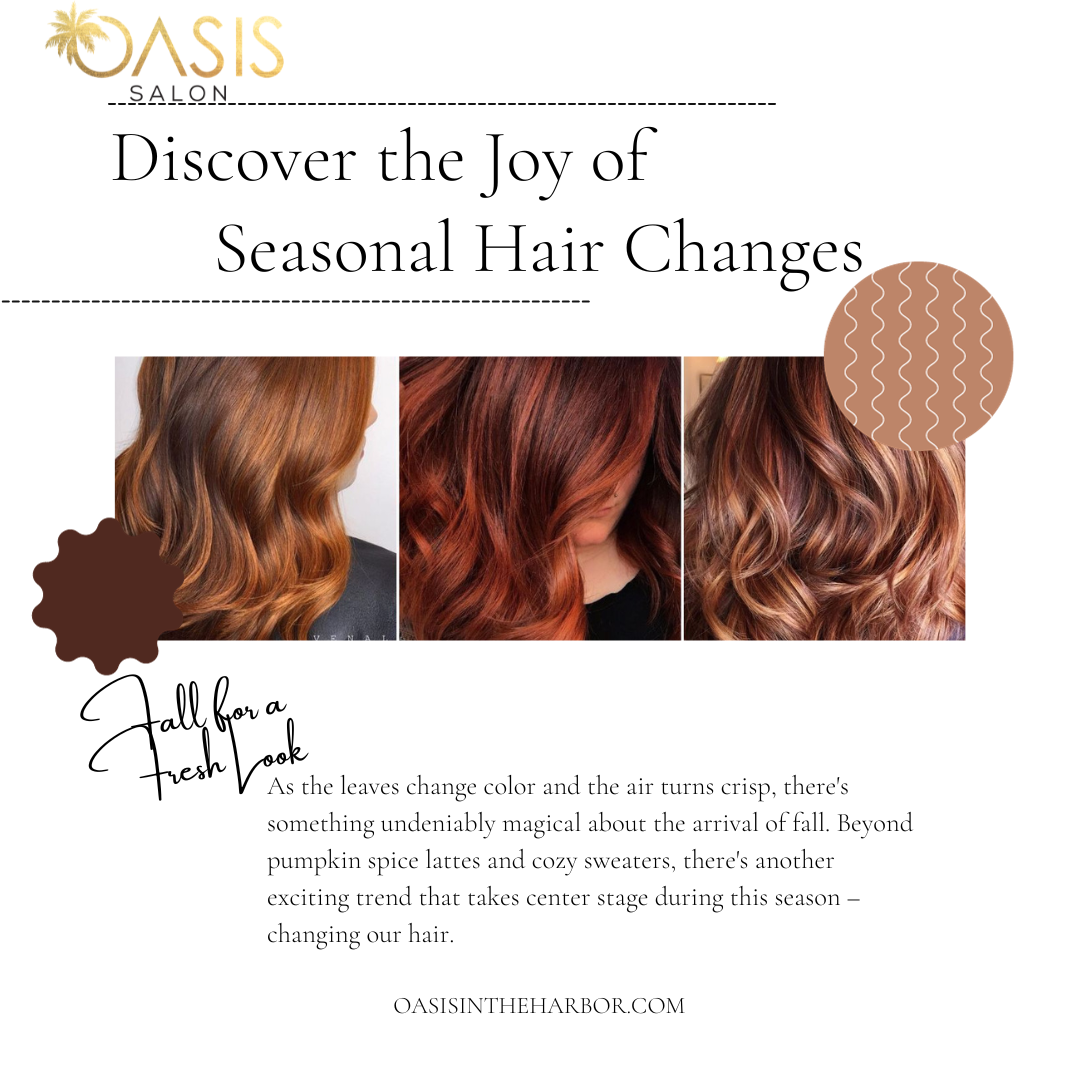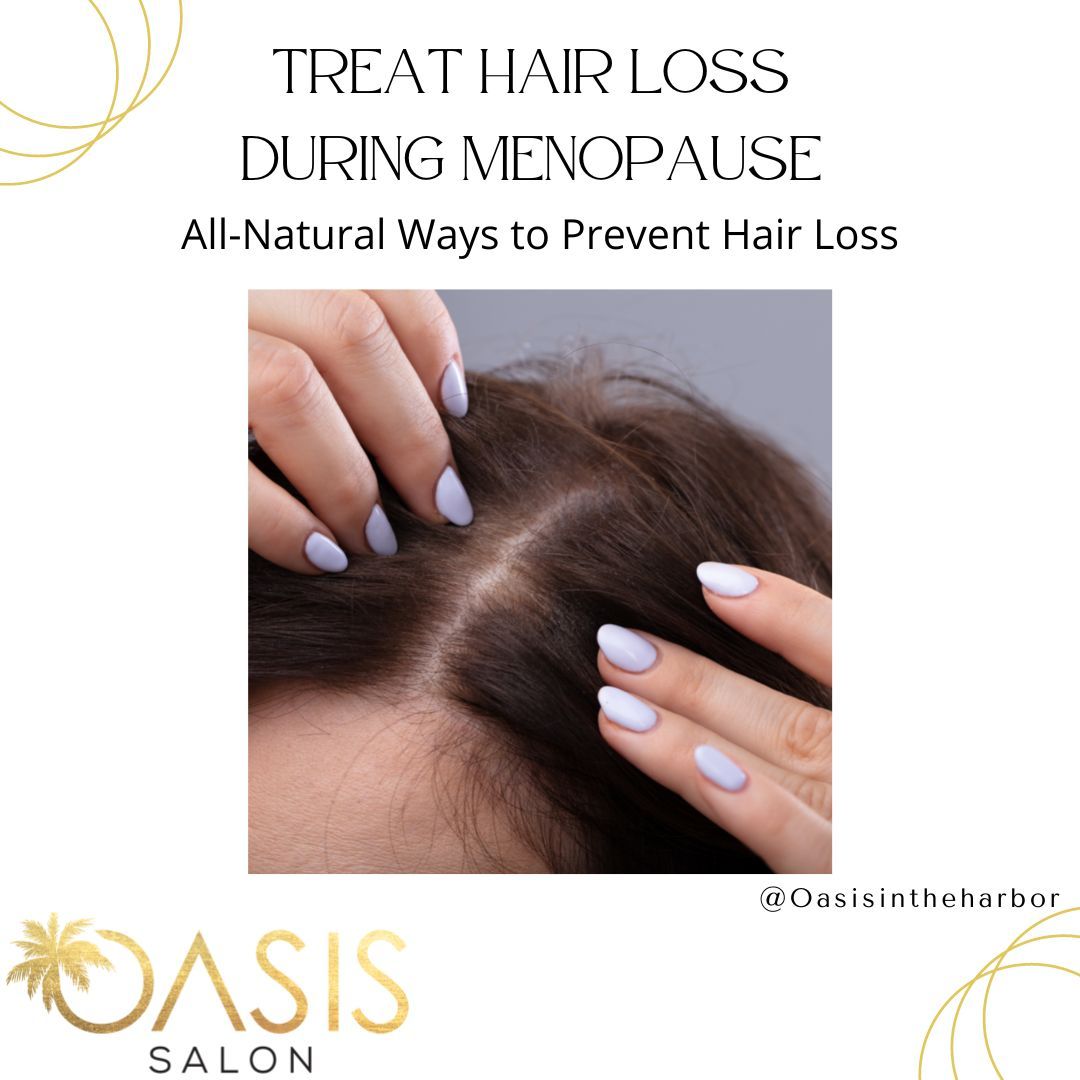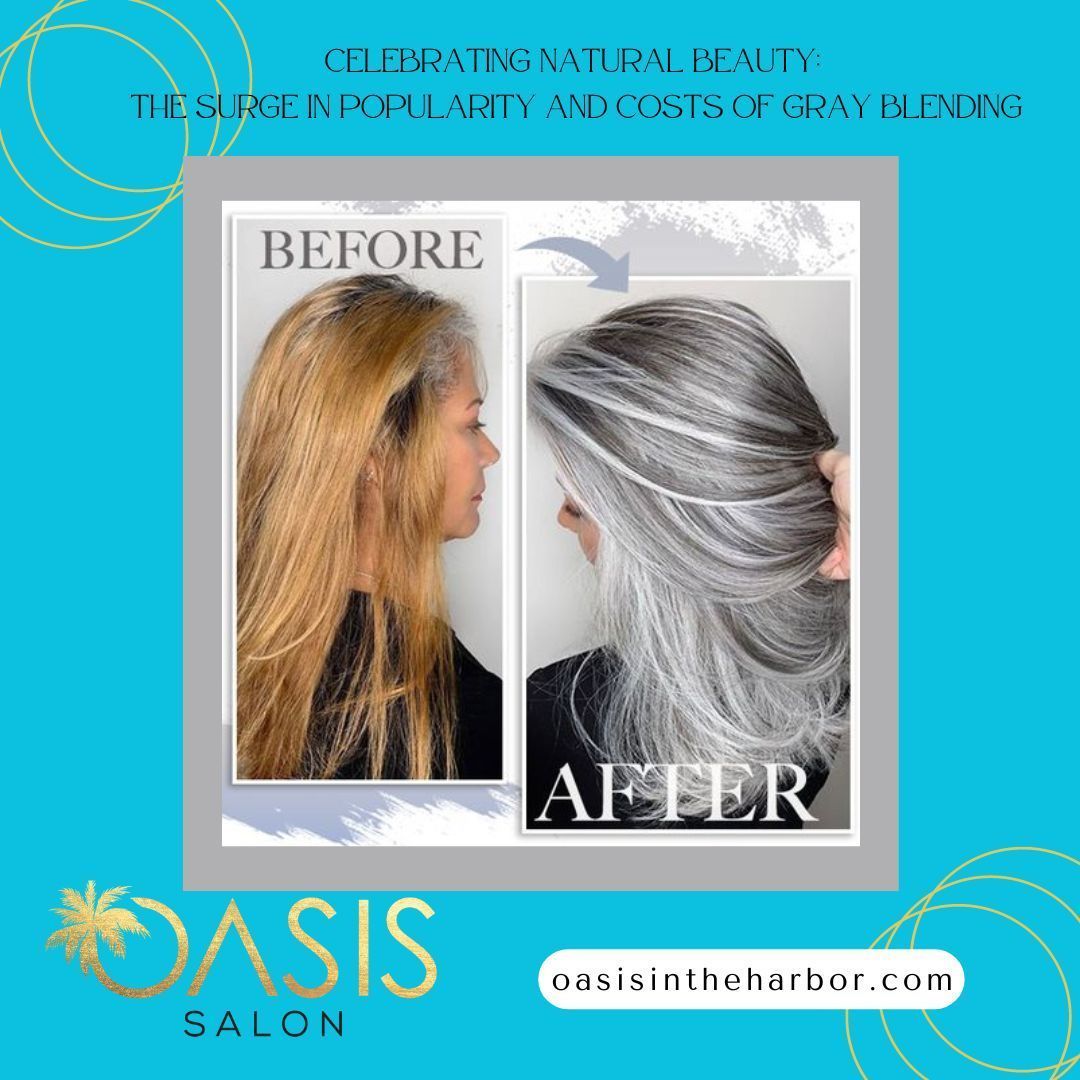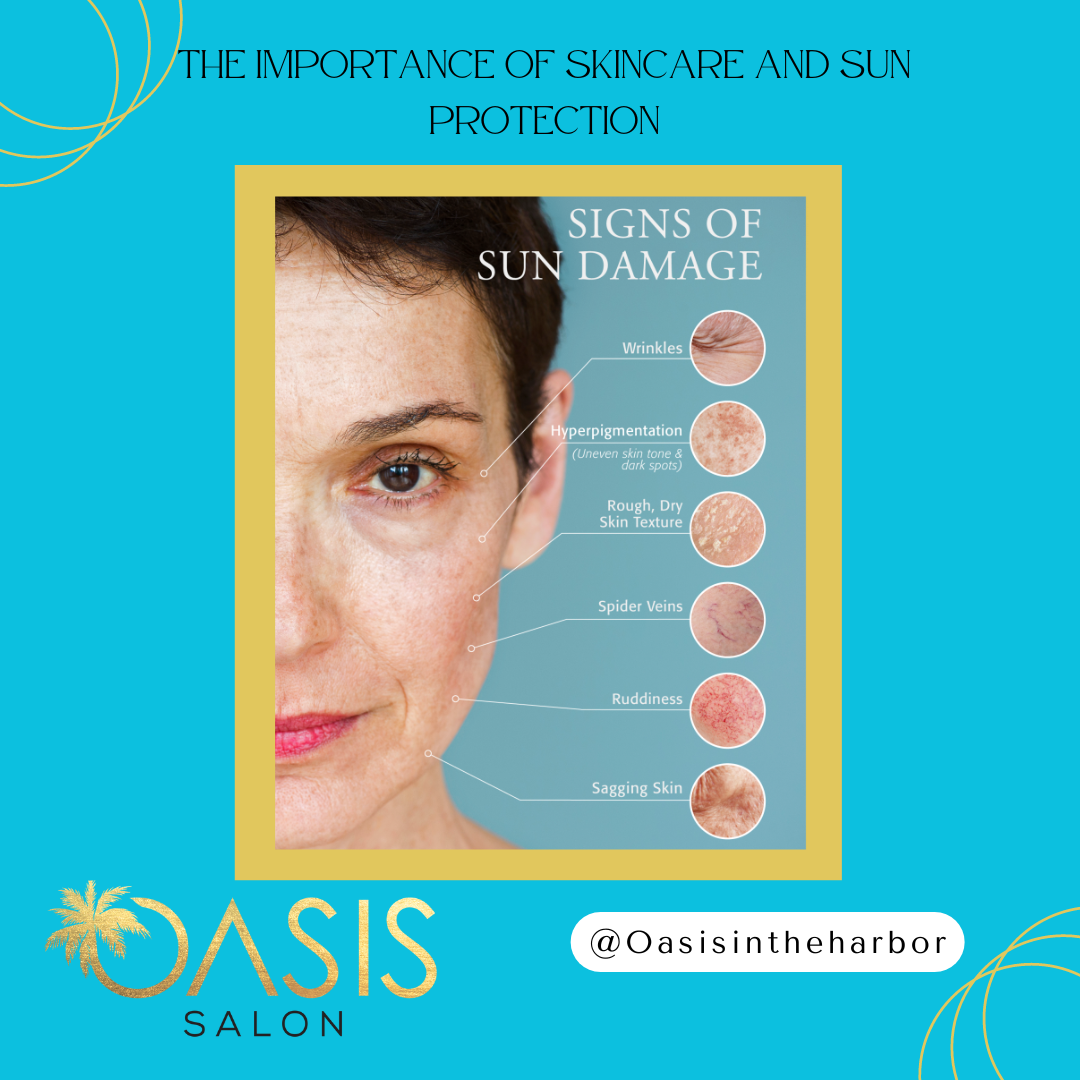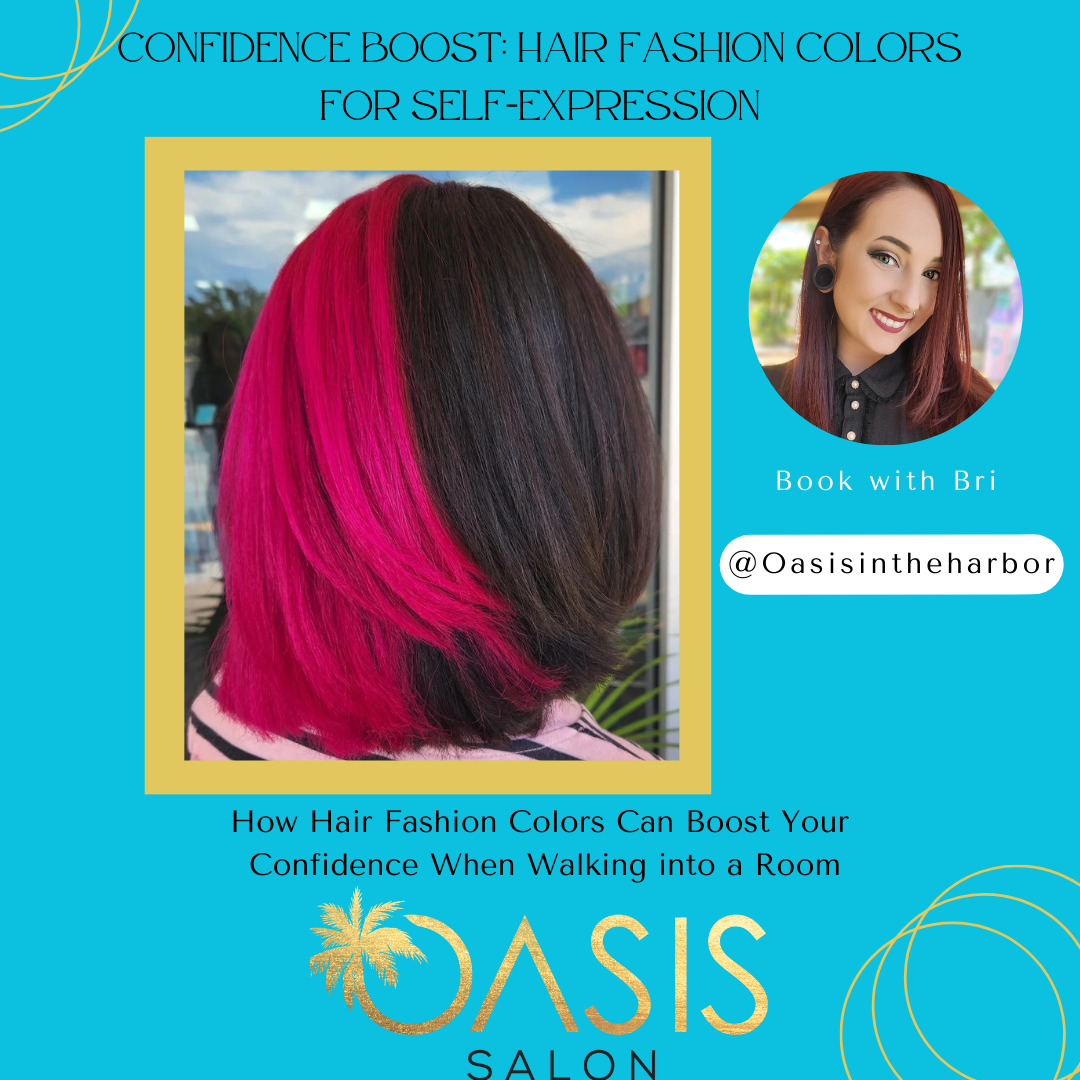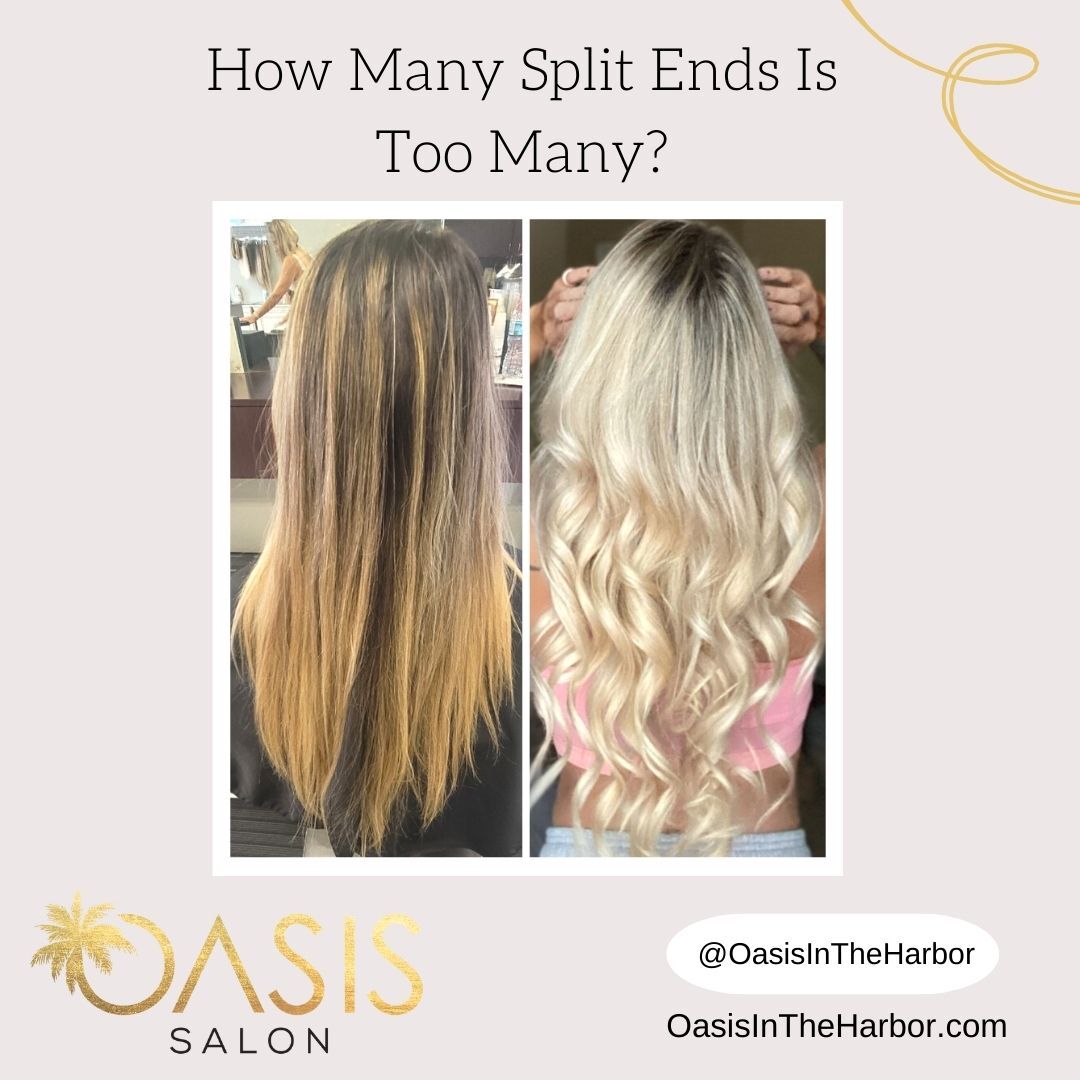
Texture Challenges
As we age, just like our skin, our hair changes. From a thick, wild mane, to hair looks visibly thinner, for many, this can be distressing. Over time, your hair may change due to the maturation process, but there are also reasons why this could be happening that have nothing to do with age like hormone changes, metabolism, health, diet, and stress; and let us not forget genetics.
HORMONE CHANGES
Hormones have a huge impact on your hair. Hormonal fluctuations during and after pregnancy affect your hair. Due to higher estrogen levels and increased blood flow that naturally occurs in the body during pregnancy, you may notice that your hair is thicker, shinier, and longer – which slows down the normal rate of hair fall. Once you give birth estrogen levels drop, which may cause postpartum hair loss. According to experts, new moms can lose up to 400 strands in a single day! Most women do not typically lose more than what would have occurred during the 9 months of pregnancy. The hair loss just feels dramatic because it is happening all at once.
Menopause can also trigger hair texture changes, as it causes androgen hormone levels to increase. Hair-friendly estrogen (female hormone) levels drop in the body and androgens rise in response. While androgens do not necessarily decrease hair, they reduce hair’s diameter, resulting in an unwanted loss of volume.
HEAT, DIET, AND STRESS
Our day-to-day routines also play a huge role in the health of our hair. If you are noticing thinning toward the ends of your hair instead of at the roots, heat may be the culprit. Using curling or flat irons can causing dryness and brittleness. This type of texture change is preventable, cut back on the heat styling and adding thermal protective styling products to your routine and you can reduce breakage.
Want stronger hair? Add protein, iron or essential fatty acids like omega-3s in your diet, your strands may become thinner. Your hair requires high levels of nutrients to reproduce. Stock up on salmon, avocado, oysters, and eggs for healthier hair.
Stress can raise levels of male hormones, causing hair to shed and appear thinner. Since the average person loses 50 to 100 strands of hair a day, shedding should only be considered a problem when you notice an excessive amount of hair loss. Some easy ways to reduce your stress include getting enough sleep and hitting the gym regularly.
GENETICS AND HEREDITARY TRAITS
If you want to get an idea of how your hair may change over time, just look at your parents. If you have a genetic predisposition to thin hair, a reduction in hair volume can occur as soon as you hit puberty.
Androgenic alopecia is hereditary and leads to an overall reduction in hair volume over time. This genetically determined type of hair loss typically occurs along the top of the head when hair follicles that are overly sensitive to normal levels of androgens (male hormones) become smaller, making hair thinner with each passing hair growth cycle.
SOLUTIONS TO TEXTURE CHANGES
There are several solutions available that can work wonders on your hair. Start by managing your stress and eating a protein-rich diet, you may also begin to use hair oils to combat textural changes. Castor oil is loaded with proteins, minerals and vitamin E, which moisturizes hair and promotes blood circulation in the scalp since, which can lead to quicker hair growth.
Schedule an appointment to enhance your look with an updated hairstyle that will make you look younger with an Oasis Master Stylist. Whether you opt for face-framing highlights or decide to give bangs a try, or clip in hair extensions – there are plenty of ways to disguise thinning hair and unwanted texture changes.
Click here to schedule an appointment online or call 727-785-7438 for a consultation. An Oasis Master Stylist will walk you through the process and provide you with the information you need to achieve the look you desire.
